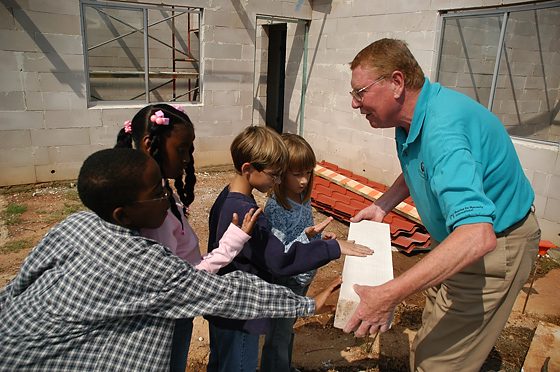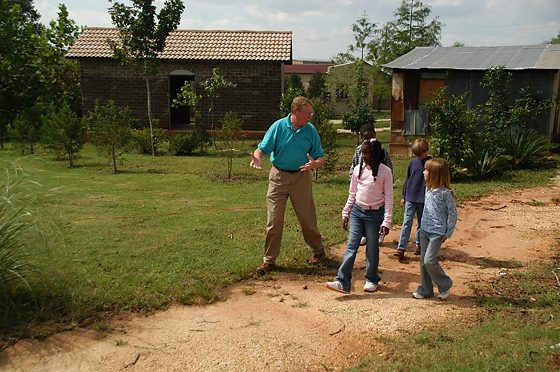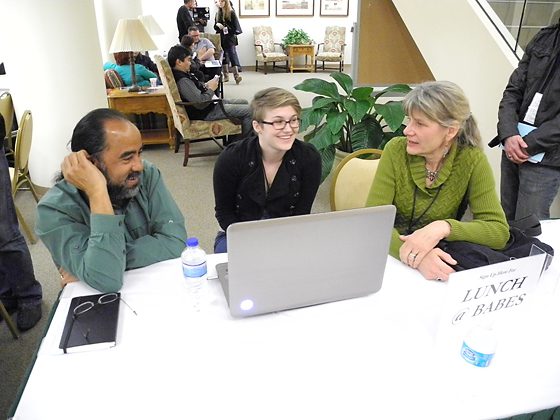
Open my eyes that I may see
Psalm 119:18
wonderful things …
If you are in the service industry, you are most likely trained and understand the importance of eye contact.
Eye Contact is an essential part of using practical communication skills.
People are more likely to comply when more eye contact is used.
Eye Contact establishes a connection between the person.
Eye contact also tells us whether the other person is paying attention.
Maintaining eye contact during communication will make your presentation much more effective.
Now when I started to encounter other cultures, I couldn’t understand why some people didn’t give me eye contact. Come to find out, as a man having eye contact with a single woman means you intend to marry them. In many cultures, it is shown as a sign of respect not to look you in the eye.
I mention the cultural differences because you must understand your context like everything. You don’t want to do something that you think is the correct way to behave only to find out you were offending people or now must marry someone.
When your listeners see your eyes scanning their faces, they feel invited to engage with you. They feel encouraged to signal how they think about what you’re saying–with nods, frowns, or skeptical raises of their eyebrows.

As a result, your listeners are transformed from passive receivers to active participants. Your monologue takes the form of a dialogue, albeit in which you speak words while they speak with gestures and facial expressions. Your speech or presentation is suddenly a conversation.
When I am in a culture and don’t speak the language, all I have is my body language and, most important, eye contact and facial expressions to communicate. I use this to ask for permission to photograph.

Now depending on your perspective, you change the conversation. When you look down on the little boy where you put the camera in the position that is most associated with an adult over a child. The adult is responsible for that child. This is a great way to create empathy for a subject.

This graphic demonstrates the parent-to-child relationship. This next one shows the child-to-parent relationship.


Now here I am, slightly lower than the eyes of Don Rutledge as he is talking, which gives him the position of authority.
His expression can make him look like a warm or cold leader, but I have designated him as an authority because I am looking up at him.

When you are eye to eye with another adult, we call this being on their level, a good friend.

Now the exciting thing to me is if you are an adult and get on eye level with kids, it does something else. It makes those viewing the photograph equal to a child, tapping into those remembrances of being a child.

The child’s head, while looking down, shows modesty or lack of self-confidence, guilt, etc. In other words, her body posture adds another layer of meaning to the photograph beyond me trying to be on her same level by being at eye level with her.
“The eye is the lamp of the body. If your eyes are healthy, your whole body will be full of light.”
Matthew 6:22







































































